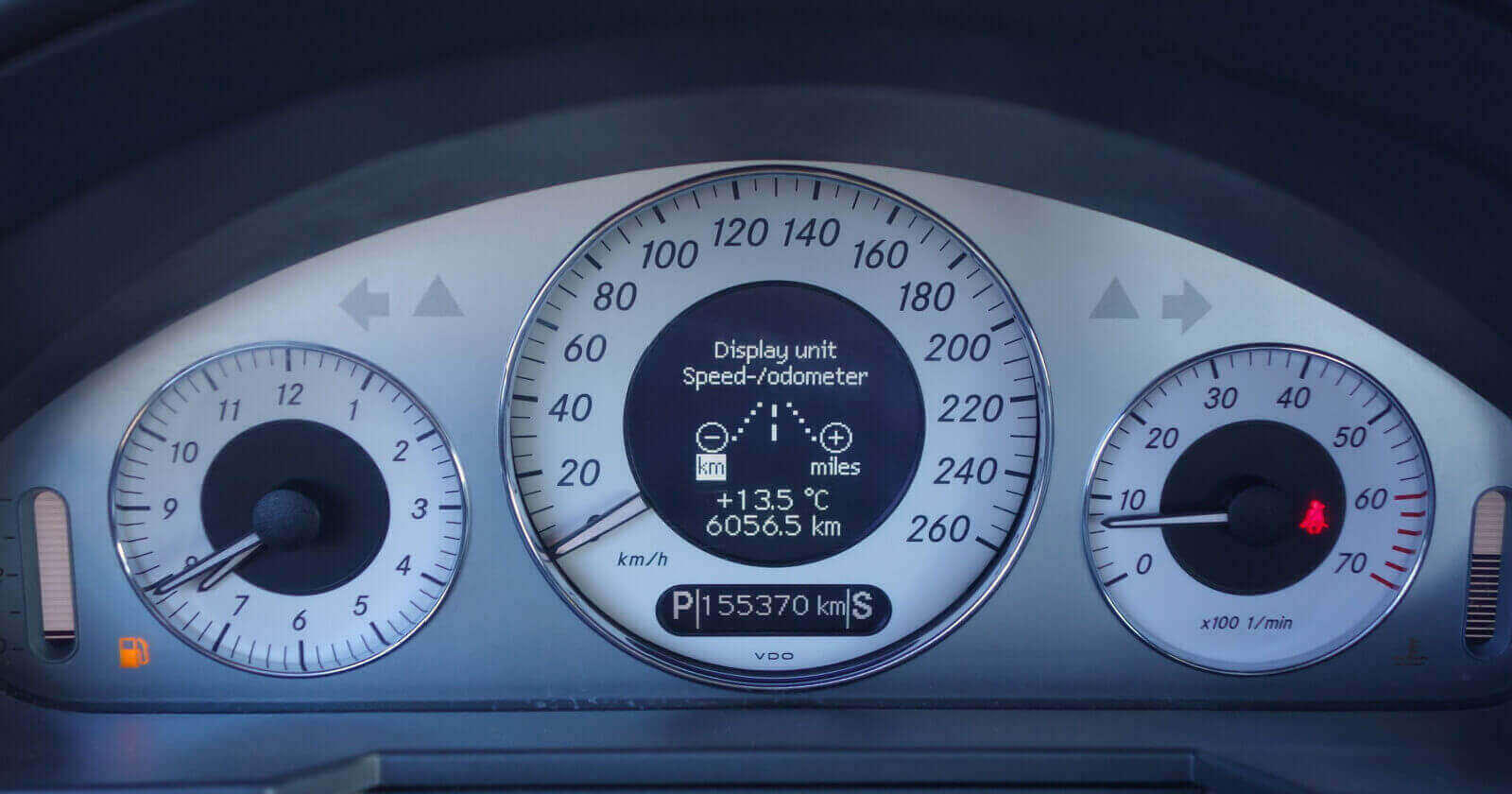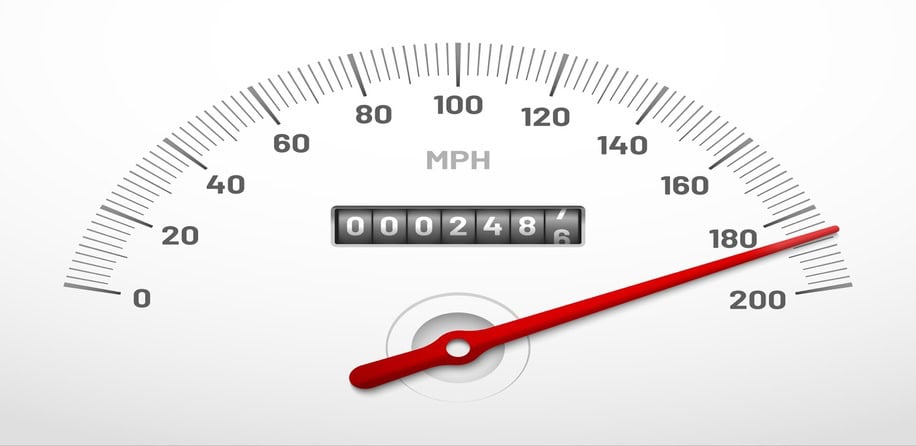Table of Contents
An odometer is an instrument used for measuring the distance traveled by a vehicle, such as a bicycle, car, or truck. The primary function of an odometer is to track the total number of miles or kilometers that a vehicle has traveled since it was manufactured or over a particular journey. This information is crucial for various reasons, including determining when the vehicle needs maintenance, calculating fuel efficiency, and assessing the vehicle’s wear and tear.
Odometers work by either mechanical or electronic means. In a mechanical odometer, the system is directly connected to a car’s transmission, which turns the odometer’s gears in proportion to the vehicle’s speed. The gears turn a set of numbered drums that display the distance. Electronic odometers, which are more common in modern vehicles, use sensors to measure the vehicle’s speed and a microcontroller to calculate the distance traveled, displaying it on a digital screen. Both types serve the same basic purpose but differ in their operation and precision.
How Does the Odometer Work?
An odometer functions by tracking the distance a vehicle travels, either in kilometers or miles. In mechanical odometers, a series of gears linked to the vehicle’s transmission rotate in response to the movement of the wheels. As the vehicle moves, these gears turn at a rate proportional to the distance traveled, causing the numbered drums in the odometer to display the cumulative distance.
Electronic odometers, more prevalent in modern vehicles, operate differently. They use a vehicle speed sensor (VSS) that sends pulses to a computer or microcontroller. The frequency of these pulses corresponds to the vehicle’s speed. The onboard computer then calculates the distance traveled based on these speed readings and displays it digitally. This method is known for its accuracy and reliability over the mechanical system.
How to Check the Odometer Reading?
Checking the odometer reading is straightforward. In most vehicles, the odometer is located on the dashboard, near the speedometer. In cars with mechanical odometers, the distance is displayed on rotating drums through a clear window. For vehicles with electronic odometers, the reading is shown on a digital screen, often with the option to toggle between trip distance and total distance. It’s important to note the reading during key events like maintenance, buying or selling a car, or planning for service intervals.
What is the Difference Between Speedometer and Odometer?

The key difference between a speedometer and an odometer lies in their function. A speedometer measures and displays the current speed of a vehicle in real-time, either in miles per hour (mph) or kilometers per hour (km/h). In contrast, an odometer calculates and shows the total distance a vehicle has traveled over its lifetime or a specific journey. While the speedometer indicates how fast you are going at any given moment, the odometer keeps a cumulative record of the distance covered.
Can the Odometer be Reset?
Resetting an odometer is generally not possible or legal. In mechanical odometers, the design does not allow for easy resetting without dismantling and manually rolling back the numbers, which is illegal in many jurisdictions due to its association with fraudulent activities like odometer tampering. For electronic odometers, resetting the total distance is usually impossible without specialized equipment and can be considered fraudulent, especially when selling a vehicle.
However, many vehicles feature a trip odometer alongside the main odometer, which can be reset. This trip odometer tracks the distance for individual trips or specific periods and can be reset without affecting the main odometer reading. This function is useful for tracking distances on specific journeys or for mileage reimbursement purposes.
Vehicle’s Odometer Reading: An Important Factor in Determining Its Worth
A vehicle’s odometer reading is a crucial factor in determining its value. The mileage reflects the wear and tear a car has undergone, often correlating with its overall condition. Typically, lower mileage indicates less wear and potentially a longer lifespan, making such vehicles more valuable. Conversely, high-mileage vehicles might have experienced more wear, requiring more maintenance and lowering their market value.
When evaluating a used car, the odometer reading helps gauge its usage level. For instance, a car with low mileage for its age might indicate less frequent use, possibly suggesting better preservation. However, it’s important to consider the vehicle’s maintenance history alongside the odometer reading. Regular maintenance can significantly extend the lifespan of a vehicle, even with higher mileage.
For buyers, a car’s mileage helps in negotiating a fair price, while sellers can use it to justify the value. The odometer reading also affects insurance premiums and warranty conditions. In summary, understanding the significance of the odometer reading is essential for both buyers and sellers in the used car market.
How to Detect Odometer Fraud: Signs of Odometer Rollback
- Detecting odometer fraud, particularly odometer rollback, is vital when purchasing a used vehicle. Here are some signs to watch for:
- Wear and Tear Inconsistencies: Excessive wear on the steering wheel, gear shift, pedals, or seats may not match a low odometer reading, suggesting tampering.
- Service and Maintenance Records: Check the vehicle’s service history. Discrepancies between the recorded mileage during services and the current odometer reading can indicate fraud.
- Vehicle History Report: Obtain a report from services like Carfax or AutoCheck. These reports often include the vehicle’s recorded mileage at various points in time, helping to identify any inconsistencies.
- Physical Inspection: On mechanical odometers, look for misaligned numbers or signs of tampering. For electronic odometers, check for dashboard warning lights or error messages, which can suggest manipulation.
- Professional Inspection: Have a trusted mechanic inspect the vehicle. They can identify


